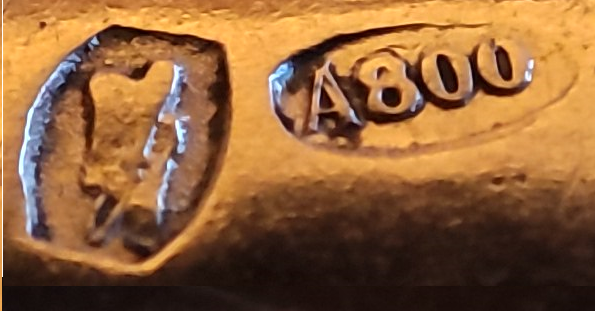Thanks, is it common for Belgium silver to check/mark the import purity?
The Barrel maker mark is 1.5mm in hight but I cleaned up some more and made various new images.
Hope these are more clear, its hard to tell, like a bag with top handle and something in front?
sweeper and dustpan? (upside-down)




